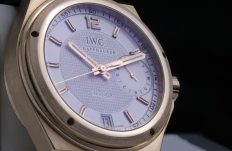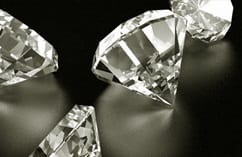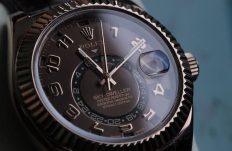Luxury watches are expensive, so it should come as no surprise to learn that there are fake watches. It’s common to find them – even online – but it is also illegal. Some companies have made big demonstrations in destroying replica watches. Watches may look real, but they lack quality and performance that authentic watches provide.
Fortunately, producing fake watches that look exactly like their authentic counterparts is a process that takes a lot of expertise, experience and money. Consumers can exercise caution when buying watches with the follow imperfections that can be found in fake watches that distinguish them from authentic ones:
- Before inspecting a watch to see whether it is fake or authentic, spend some time researching what it is supposed to look like. In particular, check for numbers stamped on the insides of the bands, as well as names and specifications shown on the back of watch cases. Be patient and thorough when examining these elements, since a lot of fakes are reliant on the superficial resemblance to the authentic counterparts to fool consumers
- 2. Consumer should pay particularly close attention to any engravings and inscriptions that can be found on the watch. Generally speaking, spelling errors and letter substitutions are causes for serious concern, while unclear engravings and smeared inscriptions are also signs that something is wrong. Even if they are the results of a botched manufacturing process rather than fakes, defective products should not be sold at the same prices as their unblemished counterparts.
- The best watches tend to come with a host of features. A lot of fake watches will not have all of the features that they are supposed to have. Even if they do, chances are that they will not be able to provide the level of performance that they are supposed to. For example, the magnifying glass on a fake watch might not be able to provide the level of magnification that it is supposed to. In some cases, fake watches might not even use the same style of components as their authentic counterparts. For example, the fake watches might use sweeping hands while the authentic watches use ticking hands.
- Quality is another area of concern when scanning for fake watches. This is because people who make fakes want them to pass casual detection but these watches lack quality in order to save in cost. Generally speaking, the mechanical movement of fake watches will be clumsier and clunkier than that of authentic watches, which is particularly noticeable once the watch cases have been removed.
- The colour and finish of fake watches will be off if they are not made using the same materials as authentic watches, which is particularly likely if they are supposed to be made using precious metals. In extreme cases, fake watches might not even have the same weight, since authentic metals tend to be much heavier. The cheaper materials found in fakes is a factor that contributes to the lack of quality compared to authentic watches.
As well, don’t confuse replicas and homages. Homages are legal and are supposed to resemble vintage and aviation watches, which are popular among collectors. These types of watches still have a higher quality than that of fake watches. To name a few, Rolex and Paneri are among brands that have been reproduced as homages
Fake watches can’t replicate the quality, straps, materials and dials that real watches do. So next time you consider buying or pawning a Rolex, Cartier, Chanel, Bvlgari, or others, check for signs that indicates its authenticity.
Contact Pinto Cash For Gold and Jewellery Buyers to sell your high end watches for cash. We accept Rolex, Panera, Tiffany & Co., Patek Phillepe and more. Call (416) 481-9846, or visit us in person at our Midtown Toronto location for more information.








